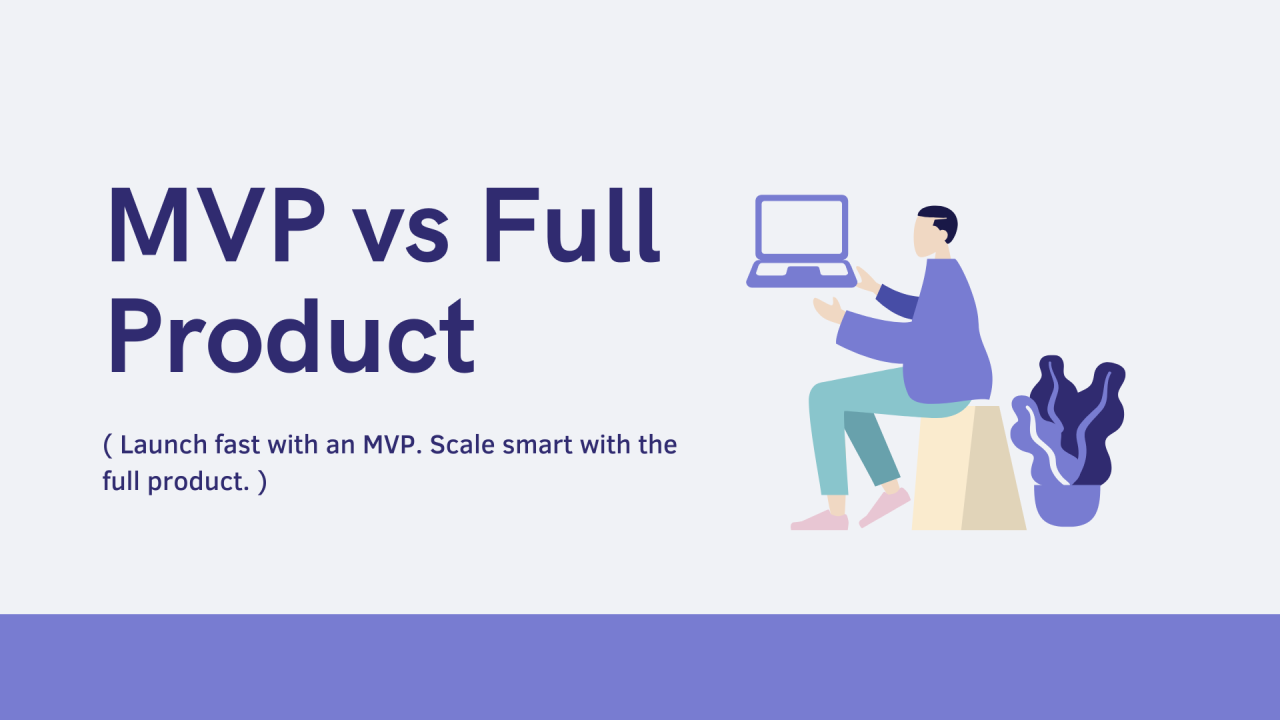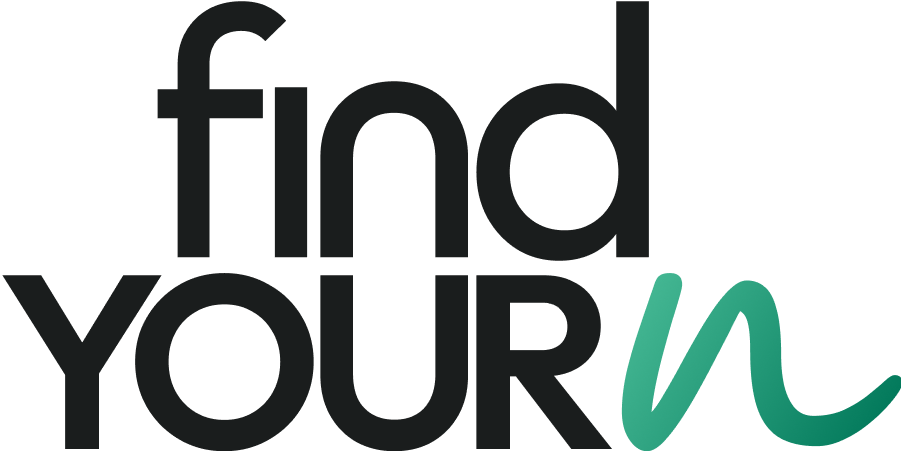Begin with validation, evolve with execution.

Chapter 1: The MVP
Back in 2007, two roommates in San Francisco—Brian Chesky and Joe Gebbia—were having a tough time paying rent. There was a big design conference in town, and every hotel was fully booked. That’s when they had this scrappy idea: what if we just rented out our apartment and threw in some breakfast?
They didn’t overthink it. They bought a few air mattresses, built a basic website (literally called AirBed & Breakfast), and listed their living room. No app. No payment system. No fancy features. Just a couple of guys, a homemade site, and three guests who were willing to give it a shot.
That was their MVP—the simplest version of their idea that let them test whether it had legs.
And it worked. They proved that:
- People were open to staying in someone else’s home.
- Hosts could offer more than just a bed—they could offer an experience.
- There was a real need when hotels were overpriced or unavailable.
Chapter 2: The Full Product
From there, they kept building. They listened to users, pitched to investors, and slowly added the things people needed to trust the platform.
The MVP evolved into a full-blown product:
- A global platform with millions of listings.
- Verified profiles, ratings, secure payments.
- Mobile apps, 24/7 support, and personalized recommendations.
Today, Airbnb is more than just a place to stay—it’s a way to explore the world. You can book anything from a treehouse to a castle, and even sign up for local experiences like cooking classes or guided hikes.
But it all started with three guests on air mattresses and a basic website. That’s the power of a focused MVP.
Chapter 3 : MVP vs Full Product
The main difference between an MVP (Minimum Viable Product) and a full product is all about what each one is trying to achieve. An MVP is basically the quickest, simplest version of your product that still works and solves a problem. It’s built fast and cheap to test the core idea and see if there’s actually demand. You might only have a few basic features and some manual processes behind the scenes.
On the other hand, a full product is the finished, polished version that’s ready for a much bigger audience. It's got all the features, a smooth user experience, and the infrastructure to handle scale. While the MVP is about proving the concept and learning fast, the full product is about delivering value at a much larger scale.
Chapter 4 : Considerations for choosing MVP:
When considering an MVP, there are a few key things to keep in mind. For startups with limited funding, an MVP lets you test the waters without burning through resources. It helps you get quick feedback and adjust, all while keeping costs low. If you need quick market validation, an MVP lets you test your idea with real users before diving into full-scale development, proving demand without a huge upfront investment. For innovative or experimental ideas, an MVP is perfect for testing different features and refining your concept based on what users actually want. In short, if you're working with limited resources or exploring something new, an MVP can help you gather valuable insights early on.
Chapter 5 : Considerations for choosing Full Product:
When considering a full product, think about a few key factors. If you're entering a well-defined market with proven demand, it may be worth skipping the MVP and going straight to a full product. This is especially true if there's already strong demand and you need to stand out fast. In highly competitive markets, a complete product can help you differentiate and make a real impact. If you have investors backing a full-scale launch, they’ll expect a polished product ready for market. If your goal is to scale quickly, meet high expectations, or stand out, going for the full product might be the right move.
Chapter 6 : Final Thoughts
Choosing between an MVP or full product comes down to where you are in the process. An MVP lets you test ideas quickly and cheaply, perfect for limited funds or when you’re unsure of market demand. A full product is for when you're confident in the idea and ready to scale. It's a bigger investment, but if you're aiming for fast growth or want to stand out, it could be the way to go. Either way, every big idea starts somewhere, even with air mattresses and a simple website.
